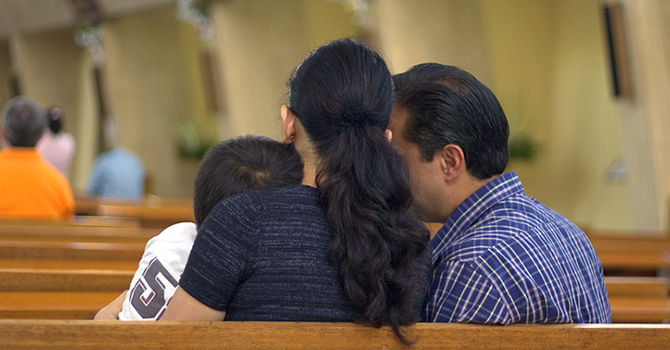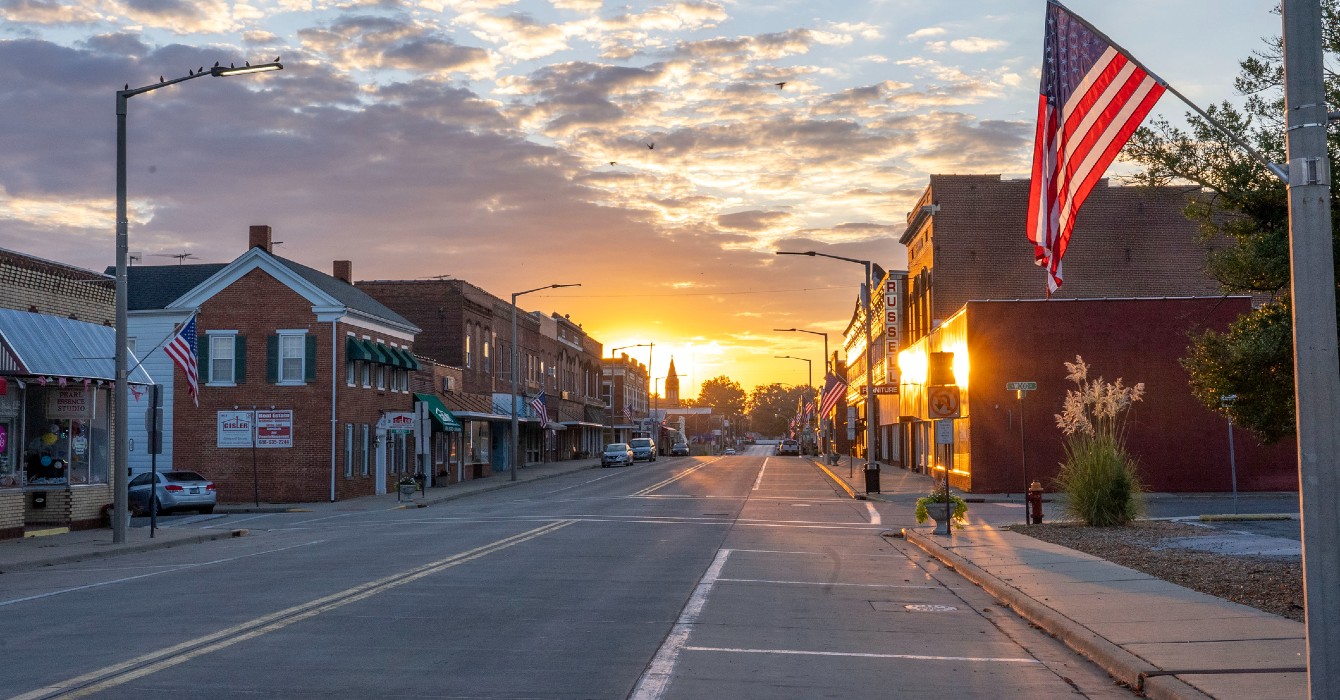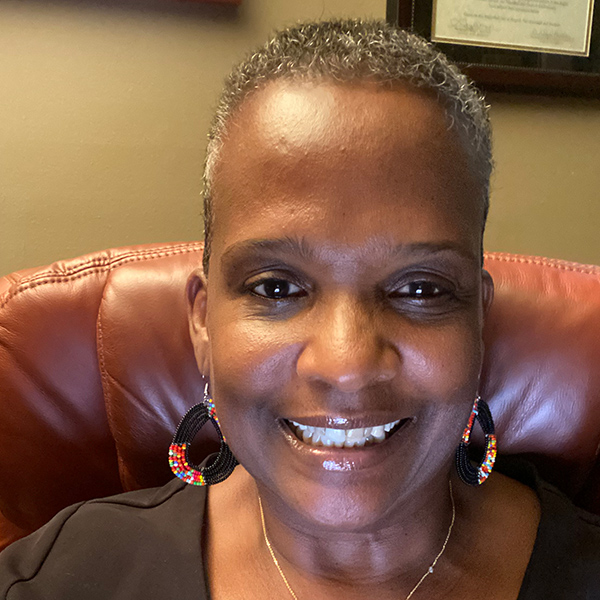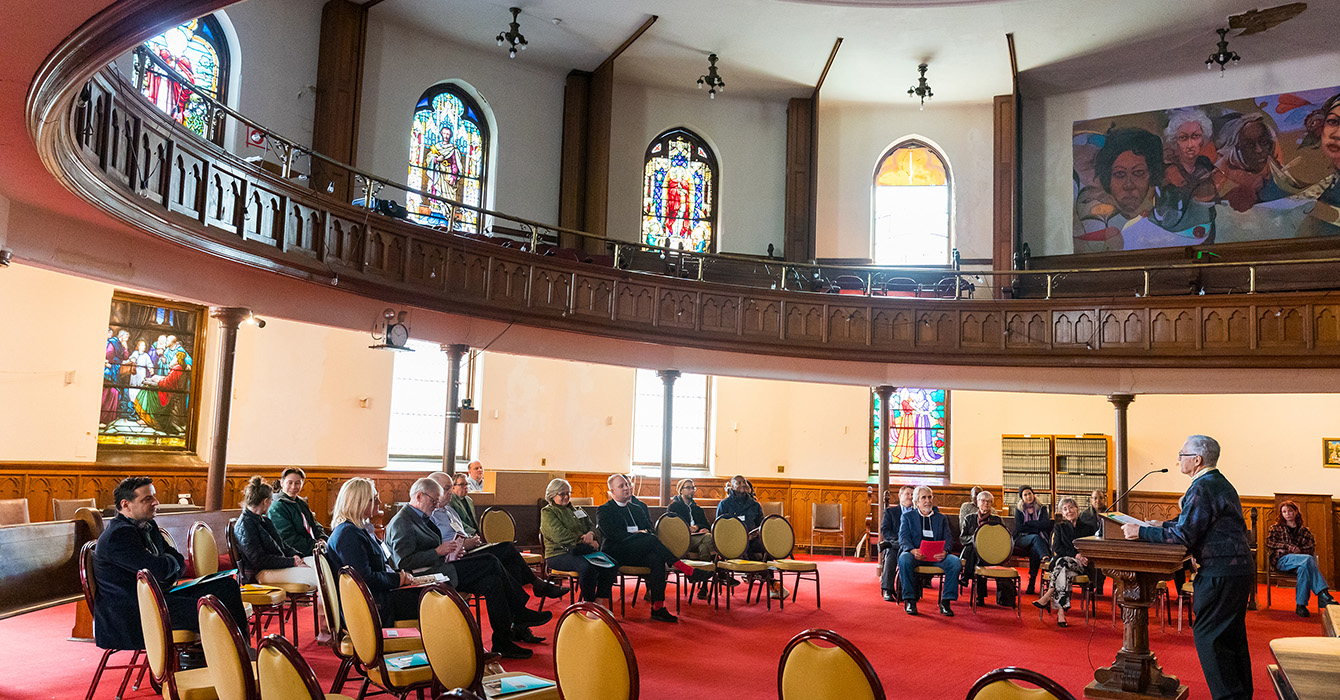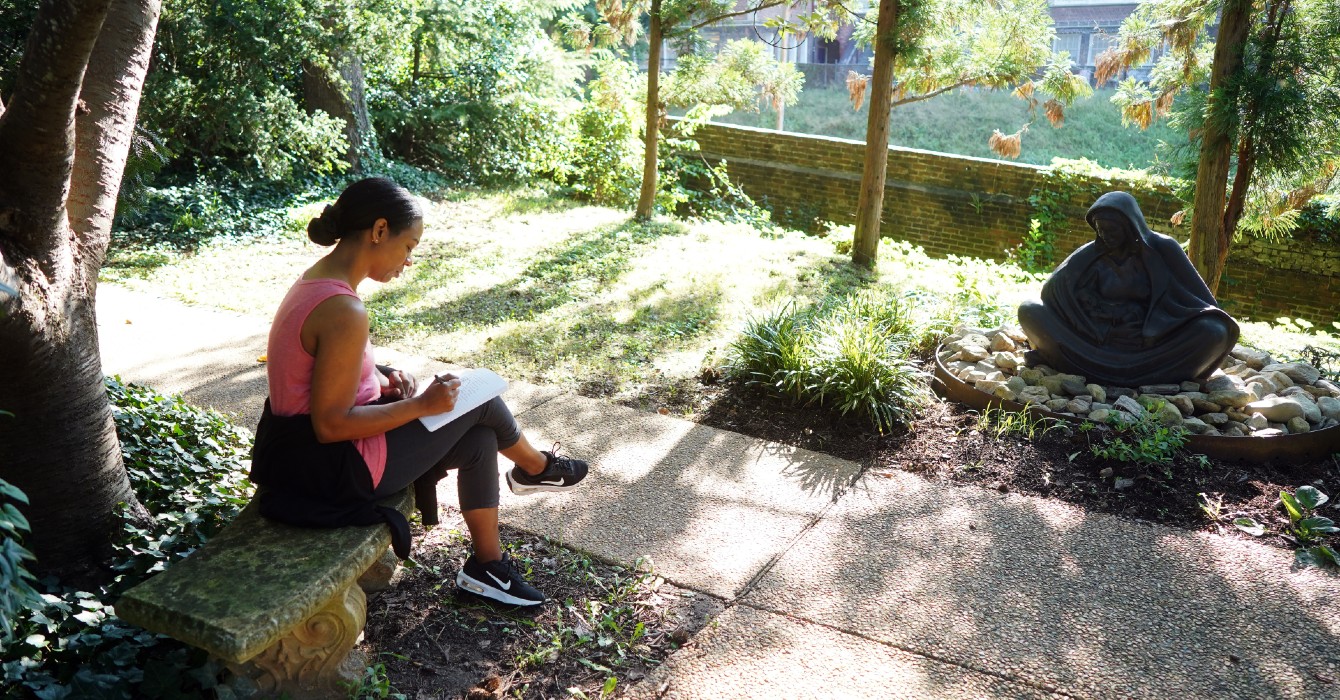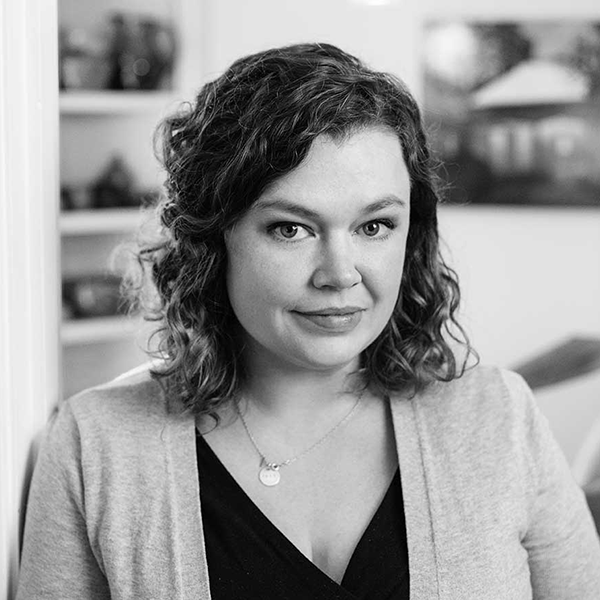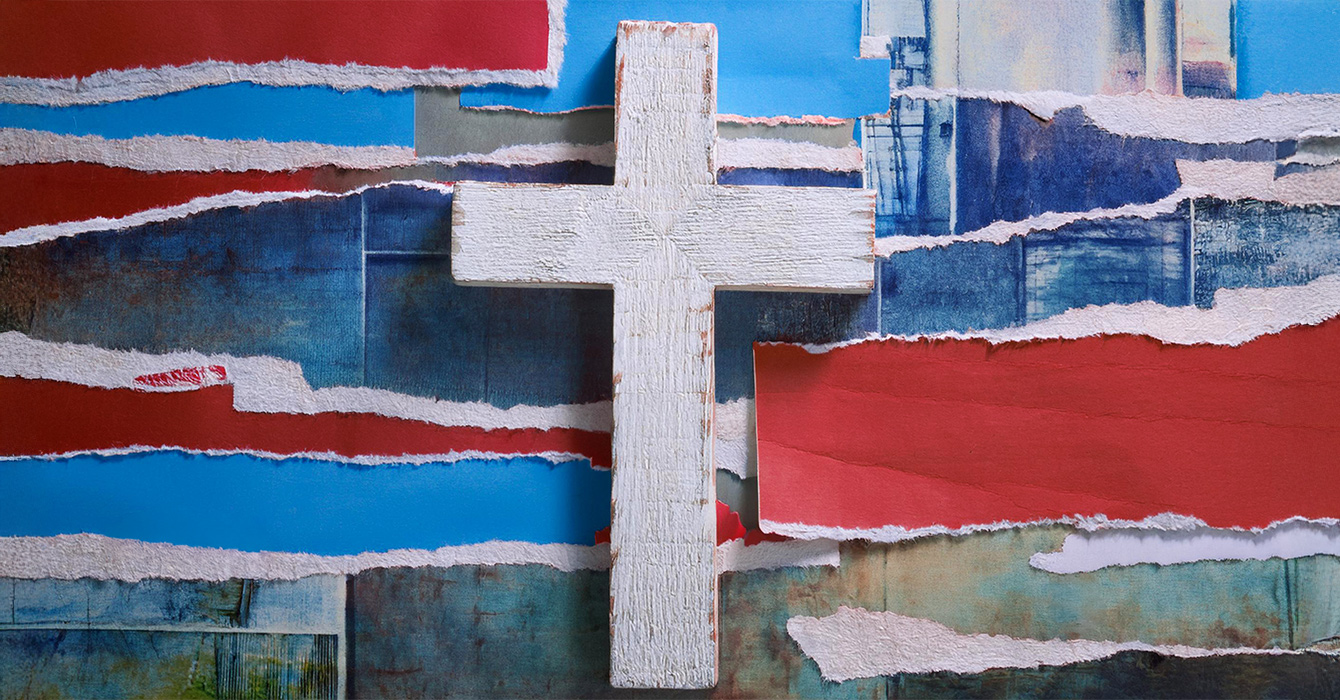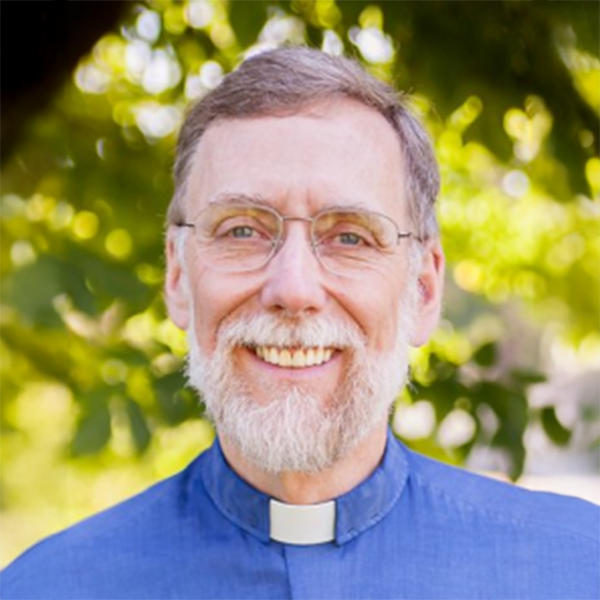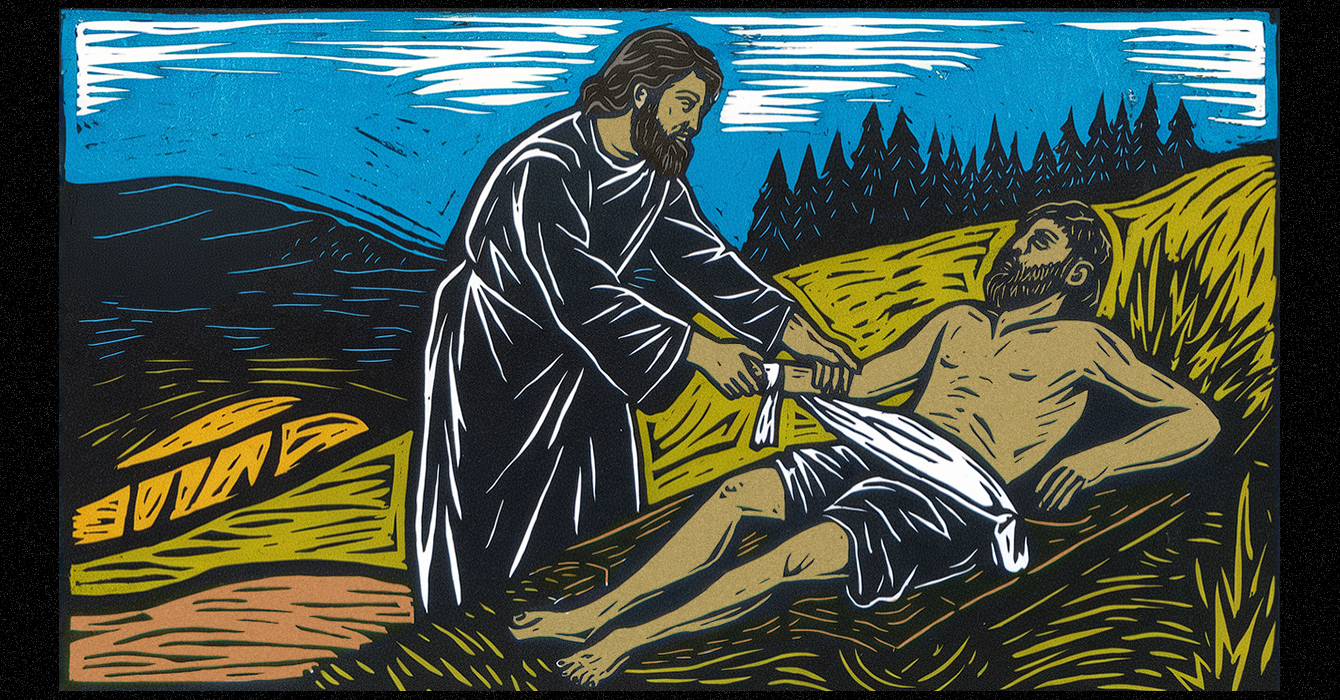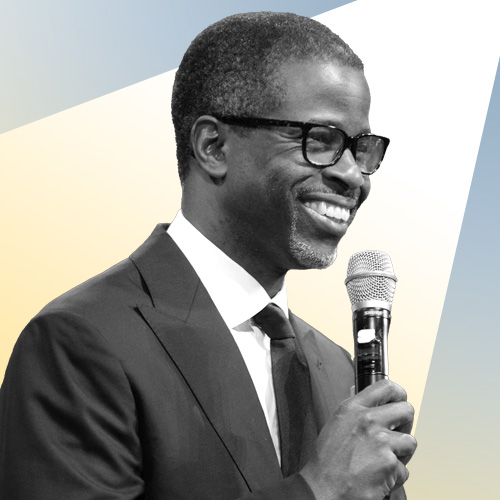As more Latino Catholics convert to Protestantism and more Latino Protestants immigrate to the United States, Latino Protestants and their churches are becoming an increasingly visible presence in our nation’s religious life. By 2030, experts estimate, half of all Latinos in the United States will identify as Protestant.
But who are these vital new participants in American Protestantism? Scholars, church leaders, policymakers and others want to know how to define this religious bloc. Is there a single, monolithic Latino Protestant identity? Are their church practices easily summarized? After conducting a series of ethnographic studies over the past four years across the United States, we have found the answer to be a very firm no.
Simple descriptors, we discovered, consistently misrepresent Latino Protestants and their churches. Instead, Latino Protestants in the United States -- like Latinos in general -- are an extraordinarily diverse, complex and multifaceted group. A failure to understand this rich complexity, we found, can lead to troubling stereotyping.
For example, in our studies, we often heard from and read “experts” who characterized Latino Protestant worship as a “fiesta” -- usually spontaneous, energetic, exuberant -- with descriptors such as “passionate,” “spicy” and even “salsafied.” But when we visited Latino Protestant churches in California, Texas, the Midwest, the Pacific Northwest and North Carolina, we found great variety in belief and practice.
Even among the supposedly animated Pentecostal Latino churches, we sometimes witnessed very orderly and rigid services that avoided emotionalism. In one Pentecostal church we visited, worshippers were allowed to make only minimal body movements -- a raised arm, moving back and forth at the elbow only, with no shoulder movement. In this church, a lay leader at the rear of the sanctuary monitored the worshippers, signaling the worship leader when to ease up on the service. When congregants became “too emotional,” the music was slowed down or even stopped. In one instance, a man who was starting to sway was told to “keep that between you and the Lord, brother.”
To some, describing Latino Protestant worship as a “fiesta” might seem innocuous and even complimentary. But such descriptions reduce religious expression to an idealized stereotype. It’s a process known as ethnoracial essentialization, which works hand in hand with controlling imagery -- socially constructed images that limit ideas about people of color.
Racialized images might help emphasize nonwhite diversity, but they also limit our ability to perceive variations and thus contribute to a romanticized objectification. At their worst, such narratives reduce Latinos to perpetual foreigners in the United States who are less rational or intellectual than whites.
If we want to serve Latino Protestant congregations and their leaders better, we must recognize the complexity of Latino Protestantism and avoid generalizations and front-loaded assumptions. Latinos come from more than 20 Latin American nations, each of which has its own unique historical relationship to European colonization, the trans-Atlantic slave trade and American immigration policies. The labels “Latino” and “Hispanic” (among others) are abstract, and the way Latinos are coded into the spectrum of existing racial/ethnic hierarchies varies. Latinos can identify as black, white, Native American or multiracial. Some Latino groups self-identify as white to avoid further discrimination.
Given the rich histories and ancestries of Latinos in the United States, it is obviously a mistake to assume that all Latino Protestants and their churches are alike and operate in the same way.
In our research, we found some Spanish-speaking Latino Protestant churches that placed their “Latinidad” -- essentially, their shared cultural identity -- at the forefront of their life together and did not shy away from addressing racism, white supremacy and undocumented immigration. In contrast, we found other churches that deliberately downplayed their Latino identity, attempting to be “colorblind” to welcome non-Latinos. In these congregations, members’ identity as “Christian” was prioritized over specific racial or ethnic identities.
Elsewhere, we visited an evangelical church that chose to remove the word “Hispanic” from its name out of fear that the label discouraged new attenders. Similarly, another Latino evangelical church chose to label itself “multicultural” to encourage greater inclusiveness.
At a Latino Word of Faith megachurch, which met in a multimillion-dollar facility, the weekly service was like a rock concert, with English as the primarily language; Hillsong music was played by a band, with lyrics and images projected on jumbo screens. By contrast, at a PCUSA Latino congregation, the few dozen worshippers didn’t dance, clap or raise hands during worship, and all were expected to be quiet during the sermon. Women served in primary leadership roles, and on occasion, “mother” was used to address God.
Yet another church we visited, a Church of God congregation, adamantly enforced a symbolic boundary against Catholicism; indeed, the perceived rivalry fueled zeal and generated the energy that helped it thrive. At the same time, we found many Latino Protestant churches throughout the country that embraced Catholic practices to ease the transition of converts. These churches, for example, typically called Sunday services “Misa” (Mass), used holy water, celebrated Las Posadas and displayed images of the Virgen de Guadalupe.
As these few ethnographic examples readily attest, the variation among Latino Protestants is far greater than generally recognized. The myriad combinations of racial, ethnic, and national identities, varied religious orientations, and distinctive ancestral histories lead to the creation of widely differing ritual practices.
Not only did we find ex-Catholics; we also found long-standing Mexican-American Protestants whose grandparents converted years ago as a result of the dedicated efforts of Latinos sent out by Baptist, Disciples of Christ, Methodist and Presbyterian denominations. We met Puerto Ricans from various backgrounds. We found Central Americans -- the fruit of historic missionary efforts -- who identified as Protestant long before leaving their home countries and establishing their own independent congregations in the United States.
We met Cuban-Americans who integrated into charismatic and nondenominational evangelical churches, as well as Reformed and Episcopal churches. Again and again, location and context substantially shaped congregational practices and the characteristics of each church’s membership.
We cannot even begin to describe here all the variations of history, migration and hybridization found among Latino Protestant groups. But that is not our primary purpose. Instead, we simply stress that as the broader church seeks to serve its Latino Protestant neighbors, it should avoid the temptation of ethnoracial essentialization. It must not boil down nuances in favor of idealized conclusions. As we all listen and learn, we will discover together the full extent of Protestant Latinidad.

